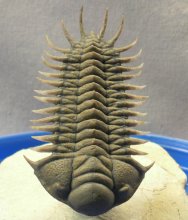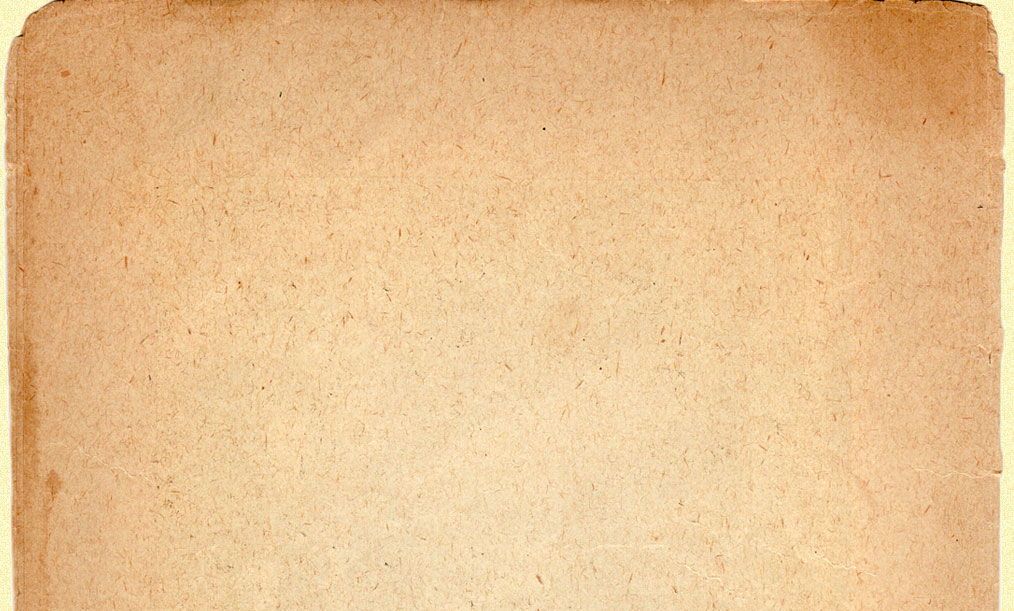Trilobite Crotalocephalus aff. africanus
This elegant example of a member of the Order Phacopida, Family Cheiruridae with many fine details present. The most diagnostic features of this taxon are the sharp pleural and pygidial spines and the distinctive cephalon. The describer of this one thought it bore a resemblance to the head of a rattlesnake (Crotalus), hence the genus name. The spines may have aided it in staying at the surface of the soft seafloor. It is not to be confused with the common Crotalocepahlus (actually Crotalocephalina). This one has more coplanar cheeks than those found in Crotalocephalina, and much longer pygidial spines. It is closest to the species Crotalocephalus africanus, but that one is found along the coast of Morocco near Rabat. There has been increased interest in trilobites from Jorf leading to discoveries of new types such as this. With the advent of a reliable source of electricity in Morocco, the quality of preparation has improved dramatically over the past few years. This one took over 105 hours to prepare all the pleural spines free of matrix, and to my knowledge is the first completely freestanding example offered. This specimen is truly stunning when viewed from any aspect, and is destined to become the cornerstone of any collection, public or private. Size (25.4 mm = 1 inch): Trilobite is 63 mm long by 35 mm wide (with spines) on a 60 by 70 mm matrix




